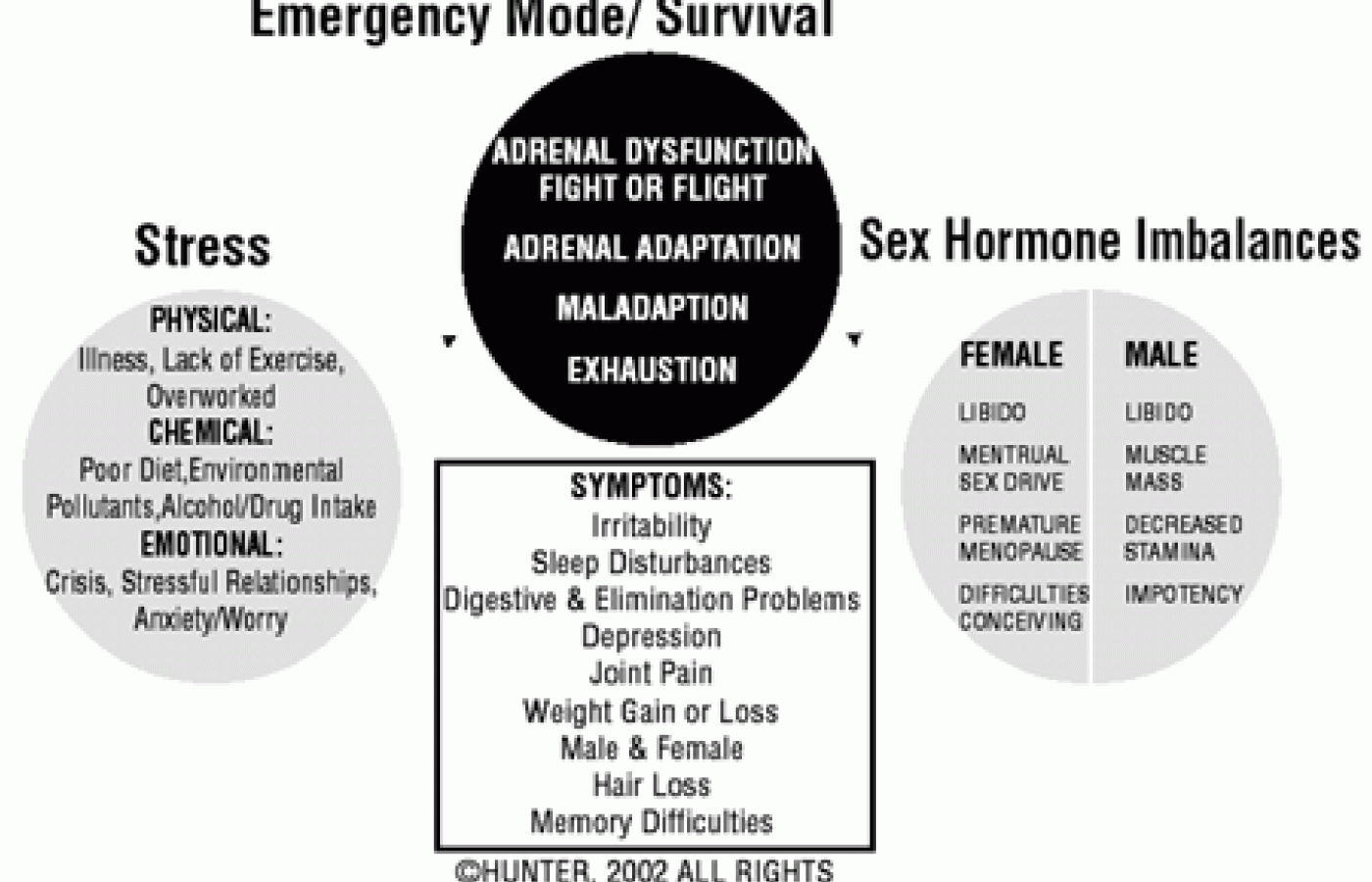New York's highest court of appeals has held that no-fault insurers cannot deny no-fault benefits where they unilaterally determine that a provider has committed misconduct based upon alleged fraudulent conduct. The Court held that this authority belongs solely to state regulators, specifically New York's Board of Regents, which oversees professional licensing and discipline. This follows a similar recent ruling in Florida reported in this publication.
Stress and the Subluxation
Chronic Subluxations
Every chiropractor has encountered chronically subluxated patients. These persons respond favorably to adjustments and can be the most compliant of patients, however, they continually present with the same vertebral joint dysfunction and symptomatology.
We have been taught early on that the vertebral subluxation complex can be manifested from emotional, chemical or physical means (or any combination of the three). Many doctors address each of these issues using their various techniques or adjunctive practices. However, the chronic subluxation still rears its ugly head.
I always marvel when miraculous, life-changing adjustments occur, often in just one session. However, it appears that there is a plethora of external components in our patients' lives that complicate or delay their response rates. Although I have witnessed these spectacular adjustments transform lives, why doesn't it happen as frequently?

Our Stressed Society: A Major Factor
We do not have to look much further than out our own windows to observe our stress-ridden society. Work, family, personal interests and global terrorist activities all combine to send even the calmest person into a frenzy. To complicate matters further, add our environmental bombardment of chemicals; toxins and pollutants that stem from the water we drink; to the food we consume. Sadly enough, the triad of subluxation precursors has never been more prevalent than in our present era.
Stress: Fight-or-Flight Syndrome
The body's stress-induced, internal mechanism (fight/flight syndrome) was developed to preserve life during an attack or other threatening situation. However, dawdling human evolution, coupled with copious amounts of external stressors, can induce this emergency mechanism and lock it into place.
When the fight/flight syndrome becomes the body's daily default mode, the adrenal glands are the first organs to be triggered into action. Although the initial stressor may no longer be present while locked into this emergency mode, the body will continue to perceive the threat and act accordingly. After time, limitations of matter prevail, and the body can no longer surge the adrenal glands to respond, even though it still desires to.
Emergency Mode: Survival Physiology
As adrenal dysfunction ensues (see Figure), a wide spectrum of symptoms will manifest. Everything from sleep disturbances; blood sugar imbalances; depression; joint pain; or weight problems (gain or loss) can occur. After the body can no longer maintain the fight/flight mode merely using its typical means, it will begin to "steal" hormonal precursors (which can later compromise the sex hormones) to keep the adrenals in the alarm state. These resultant sex hormone imbalances in both sexes can lead to reduced libido and male impotency and female menstrual or menopausal problems.
The key to addressing this complex situation is to move the body out of the fight/flight syndrome to allow the adrenals to recover. Until this mechanism is shut off, and hormonal balance is maintained, the body will continue this destructive pattern, which can lead to lethal consequences. As the adrenals are allowed to repair and normalize, the rest of the body can become more balanced.
Adrenal Help is Near
Our job as doctors is not to 'fix' our patients' problems. However, adrenal dysfunction is a serious condition that could potentially keep the patient subluxated and geared toward other systemic deficiencies or failures. Therefore, its potential negative health impact makes it worth investigating.
Whether you maintain a strict adjusting-only policy, or you partake in other adjunctive therapies, there are simple yet effective ways to help support the adrenals to allow for better all-around recovery. Many of these suggestions can be easily obtained through health food stores, or directly ordered by you, the practitioner.
- Chiropractic approach: Using your own judgment, balance the body as much as possible. Be wary, especially of adrenal innervation and upper neurological involvement; as we already know, any vertebral level that is subluxated could be suspect.
- Salivary hormonal testing: many laboratories provide easy-to-use at home testing for patients at a reasonable cost. Getting a baseline of the adrenal, as well as sex hormones, gives an excellent starting point to help balance the patient's endocrine system. As with x-rays, hormonal imbalances on paper offer substantial evidence and may motivate the patient to take action and responsibility for his or her health.
- Transdermal creams: many companies carry creams that can bypass the GI tract by delivering their contents directly through the skin. Transdermal delivery is optimal because its absorption rate is much superior to oral or sublingual transport.
- Other supplementation1 (not a conclusive list) includes:
- vitamin B complex: 50mg daily;
- additional B5: 500mg with food; and
- Ca/Mg: a good ratio. Calcium aragonite is a excellent form of this.
References
- Borkin, Michael. N.I.E.R., The Natural Approach to Endocrinology, Module Two, Borkin, 2002.
- Hunter, Cathy. The Adrenal Stress Model, Hunter/Lewis, 2002.
Cathy Hunter, DC
Encinitas, California



